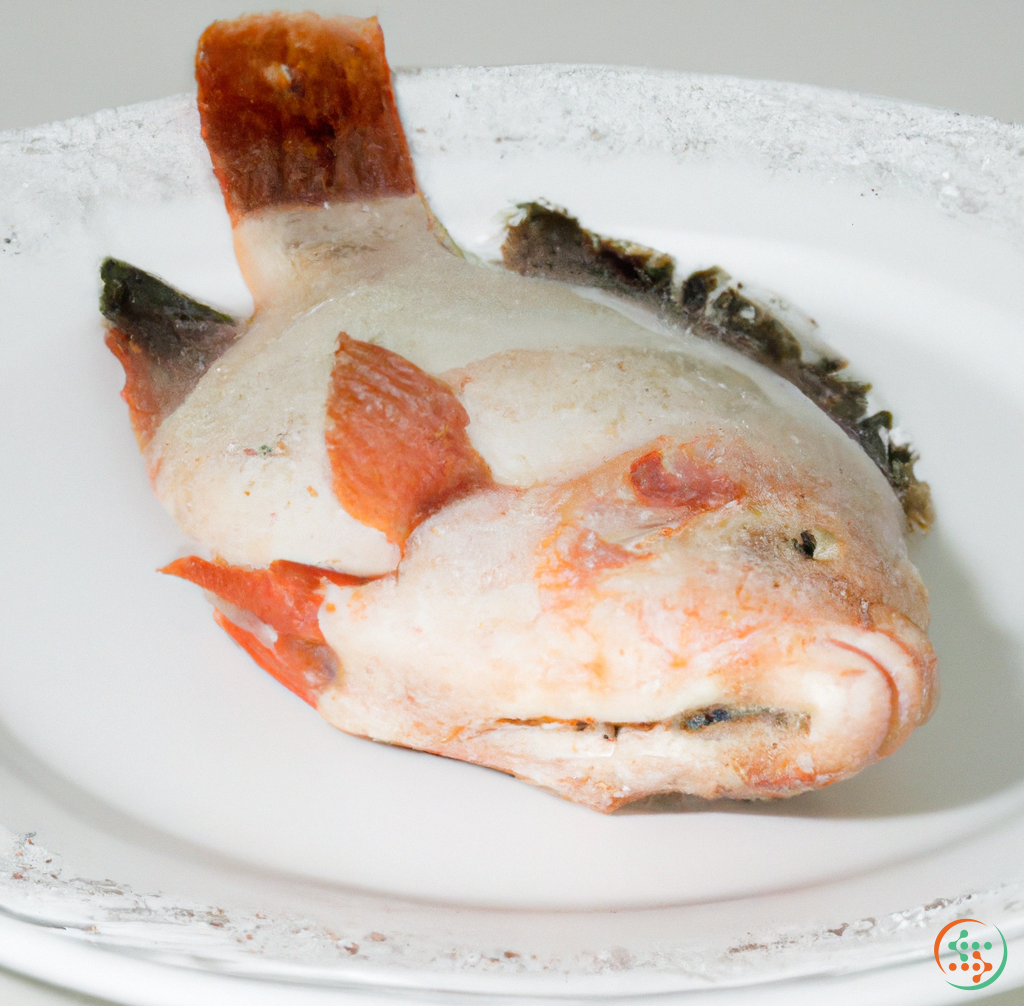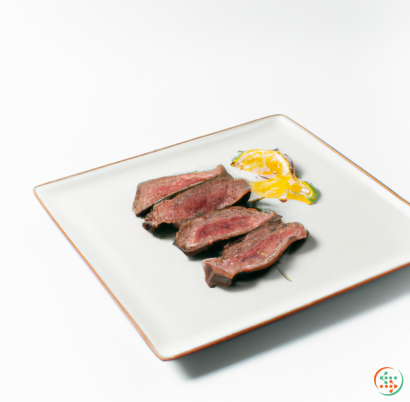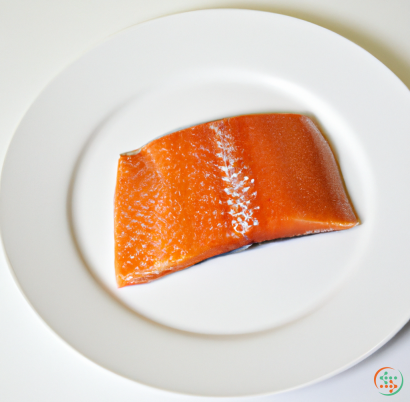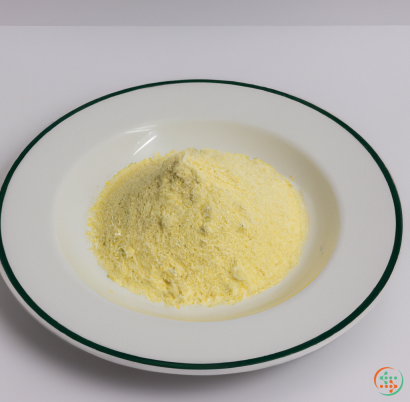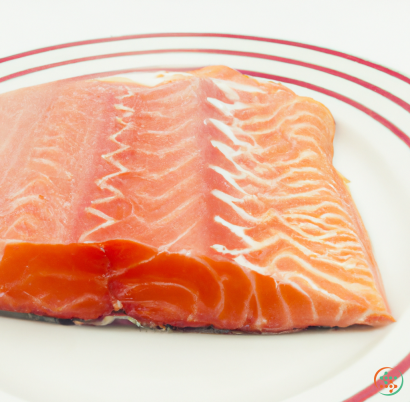Tilapia
Tilapia: An Introduction to This Delicious and Sustainable Fish
Tilapia, often referred to as “the chicken of the sea,” is one of the most popular aquaculture species in the world. The freshwater fish is native to Africa, but today it can be found in warm-water ponds and shallow, still waters around the globe. Tilapia has become an increasingly popular fish option due to its mild taste, versatility, affordability, and sustainability.
Tilapia is an omnivorous fish, meaning it feeds on both plant and animal matter. Its diet consists mostly of algae, aquatic plants, and other small animals such as insects, mollusks, crustaceans, and the occasional small fish.
Tilapia is low in fat and high in protein, making it a healthy and nutritious choice for people who want to eat more seafood in their diets. It also contains a good amount of omega-3 fatty acids, which have numerous health benefits and are important for maintaining a healthy heart.
In terms of flavor, tilapia is a mild-tasting fish and can easily be adapted to any number of cooking styles and cuisines. The mild taste makes the fish a great ingredient to add to stir-frys, salads, sandwiches, tacos, and more. Tilapia is also a great source of lean protein and can be cooked quickly, which makes it a popular option for busy home cooks.
Tilapia is also highly sustainable, making it a smart choice for environmentally conscious consumers. The fish can be raised on a combination of naturally occurring food sources from the aquatic environment, so aquaculture operations do not require the use of supplemental fish meal diets. This helps to reduce the environmental impact of tilapia farming.
Furthermore, tilapia farms typically discharge minimal waste into natural water systems, and they are also often used to improve local water quality. Tilapia aquaculture is a low-input, low-impact type of farming and is considered to have fewer environmental consequences than traditional animal farming.
When it comes to buying tilapia, it is best to select fish that is certified “eco-friendly” or “sustainably raised.” This certifies that the fish was farmed in an environmentally responsible manner, so that it does not negatively impact the surrounding aquatic ecosystem or environment. You can also look for fresh tilapia in local farmers' markets and specialty seafood markets.
Tilapia is a delicious, healthy, and sustainable fish option that is perfect for the home cook. The mild flavor pairs well with a variety of flavors and spices and it is quick and easy to prepare. Additionally, tilapia is an eco-friendly fish choice, so you can feel good about serving it to your family. With these reasons in mind, it's no wonder why tilapia has become such a popular seafood option.
A tilapia is a freshwater fish that is native to Africa. It is a popular fish to eat because it is relatively inexpensive and has a mild flavor. Tilapia can be grilled, baked, or fried, and is often served with rice and vegetables.
How is a Tilapia Created?
A tilapia is created when a female lays her eggs in a nest that has been built by a male. The male tilapia will build the nest out of vegetation, and then the female will lay her eggs inside. The male tilapia will then guard the nest and the eggs until they hatch.
It takes about 24-36 hours for the tilapia eggs to hatch. Once they hatch, the fry (baby tilapia) will stay in the nest for another 3-5 days until they are able to swim on their own. After they leave the nest, the fry will spend the next few weeks in shallow water, close to the shore.
As the fry grow, they will start to eat small insects and other organisms. They will also begin to school (swim in groups) with other tilapia. At this point, they are known as fingerlings.
Fingerlings will grow quickly, and can reach adulthood in as little as 6 months. However, most commercial tilapia are grown for about 12-18 months before they are harvested.
How Does a Tilapia Get from the Farm to Your Dinner Plate?
Most of the tilapia that are consumed in the United States are farm-raised. Tilapia farming is a relatively new industry, and it has grown quickly in recent years.
There are two main types of tilapia farms: ponds and cages. Tilapia can be farmed in either fresh or salt water.
Pond-based farms are the most common type of tilapia farm. Tilapia are raised in large ponds that are filled with water from a nearby river or lake. The water in the ponds is kept clean by circulating it through filtration systems.
Cage-based farms are growing in popularity, especially in areas where land is scarce. Tilapia are raised in large cages that are placed in lakes or rivers. The water in the cages is constantly flowing, which helps to keep the fish healthy.
Once the tilapia reach the desired size, they are harvested and then transported to processing plants. At the processing plant, the tilapia are cleaned and gutted. They are then frozen and packaged for transport to grocery stores and restaurants.
Most tilapia that are sold in the United States are farm-raised. However, there is a small amount of wild-caught tilapia that is imported from Africa and Asia.
What Are the Environmental Impacts of Tilapia Farming?
Tilapia farming can have both positive and negative impacts on the environment.
One of the main environmental concerns with tilapia farming is the use of antibiotics. Tilapia are often given antibiotics to prevent disease, and this can lead to the development of antibiotic-resistant bacteria.
Another environmental concern is the release of tilapia into the wild. Tilapia that are released into the wild can compete with native species for food and habitat. They can also spread disease to native fish populations.
On the positive side, tilapia farming can provide a source of income and employment for people in developing countries. Tilapia farming can also help to improve water quality in the areas where the fish are farmed.
What Are the Health Benefits of Eating Tilapia?
Tilapia is a good source of protein and omega-3 fatty acids. It is also low in mercury, which makes it a safe fish to eat for pregnant women and young children.
Some research has shown that tilapia may have other health benefits as well. For example, one study found that eating tilapia may help to reduce inflammation and improve blood sugar control in people with diabetes.
What Are the Potential Risks of Eating Tilapia?
There are some potential risks associated with eating tilapia.
One of the main concerns is that tilapia may contain high levels of mercury. Mercury is a toxic metal that can cause serious health problems, including brain damage.
Another concern is that tilapia may contain high levels of dioxins. Dioxins are a group of chemicals that can cause cancer.
Finally, some people are concerned about the way that tilapia are raised. For example, tilapia that are raised in ponds may contain high levels of pesticides and other chemicals.
Despite these potential risks, tilapia is generally considered to be a safe fish to eat.
How to Choose and Store Tilapia
When buying tilapia, look for fish that are fresh and have bright, shiny skin. Avoid fish that have dull skin or a strong fishy odor.
Tilapia can be stored in the refrigerator for up to two days. If you are not going to eat the fish within that time frame, you can freeze it.
How to Prepare Tilapia
Tilapia can be prepared in a variety of ways. It can be baked, grilled, or fried.
If you are baking tilapia, you will want to preheat your oven to 400 degrees Fahrenheit. Then, you will need to line a baking sheet with parchment paper.
Next, you will need to season the tilapia. You can use any type of seasoning that you like. Once the fish is seasoned, you will need to place it on the prepared baking sheet.
Bake the tilapia for about 10-12 minutes, or until it is cooked through.
If you are grilling tilapia, you will want to preheat your grill to medium-high heat. Then, you will need to oil the grill grates.
Next, you will need to season the tilapia. You can use any type of seasoning that you like. Once the fish is seasoned, you will need to place it on the grill.
Grill the tilapia for about 5-7 minutes per side, or until it is cooked through.
If you are frying tilapia, you will need to heat oil in a large skillet over medium-high heat. Then, you will need to season the tilapia. You can use any type of seasoning that you like.
Once the fish is seasoned, you will need to place it in the hot oil. Fry the tilapia for about 3-5 minutes per side, or until it is golden brown and cooked through.
No matter how you choose to prepare tilapia, it is important to cook it until it is opaque all the way through. This will help to ensure that the fish is safe to eat.
| Vitamin D | 0.0037 mg | |
| Vitamin D3 | 0.0037 mg | |
| Vitamin E | 0.79 mg | |
| Vitamin K | 0.9 ug | |
| Vitamin B1 | 0.09 mg | |
| Vitamin B2 | 0.07 mg | |
| Vitamin B3 | 0.00475 grams | |
| Vitamin B4 | 0.0513 grams | |
| Vitamin B5 | 0.66 mg | |
| Vitamin B6 | 0.12 mg | |
| Vitamin B9 | 0.006 mg | |
| Vitamin B12 | 0.00186 mg |
| Calcium | 0.014 grams |
Daily Value 1.3 g
|
| Iron | 0.69 mg |
Daily Value 0.018 g
|
| Magnesium | 0.034 grams |
Daily Value 0.4 g
|
| Phosphorus | 0.204 grams |
Daily Value 1.25 g
|
| Potassium | 0.38 grams |
Daily Value 4.7 g
|
| Sodium | 0.056 grams |
Daily Value 2.3 g
|
| Zinc | 0.41 mg |
Daily Value 0.011 g
|
| Copper | 0.08 mg |
Daily Value 0.9 mg
|
| Manganese | 0.04 mg |
Daily Value 0.0023 g
|
| Selenium | 0.0544 mg |
Daily Value 0.055 mg
|
| Tryptophan | 0.265 grams | |
| Threonine | 1.156 grams | |
| Isoleucine | 1.22 grams | |
| Leucine | 2.04 grams | |
| Lysine | 2.315 grams | |
| Methionine | 0.766 grams | |
| Cystine | 0.265 grams | |
| Phenylalanine | 1.05 grams | |
| Tyrosine | 0.87 grams | |
| Valine | 1.28 grams | |
| Arginine | 1.59 grams | |
| Histidine | 0.585 grams | |
| Alanine | 1.491 grams | |
| Aspartic Acid | 2.81 grams | |
| Glutamic Acid | 3.92 grams | |
| Glycine | 1.22 grams | |
| Proline | 0.953 grams | |
| Serine | 0.961 grams |
| Total Sugars | 0 ug |
per 100g
|
| Myristic acid (14:0) | 0.09 grams |
|
| Palmitic acid (16:0) | 0.66 grams |
|
| Stearic acid (18:0) | 0.19 grams |
|
| Total Saturated fatty acids: | 0.94 g | |
| Oleic acid (18:1) | 0.77 grams |
|
| Palmitoleic acid (16:1) | 0.15 grams |
|
| Gadoleic acid (20:1) | 0.05 grams |
|
| Total Monounsaturated fatty acids: | 0.97 g | |
| Omega-3 Timnodonic acid (20:5) | 0.01 grams |
|
| Omega-3 Clupanodonic acid (22:5) | 0.06 grams |
|
| Omega-6 Eicosadienoic acid (20:2) | 0.02 grams |
|
| Omega-3 Alpha-linolenic acid (18:3) | 0.05 grams |
|
| Linolenic acid (18:3) | 0.05 grams |
|
| Linoleic acid (18:2) | 0.29 grams |
|
| Total Polyunsaturated fatty acids: | 0.48 g | |
| Cholesterol | 0.06 grams |
|
| Total Sterols: | 0.06 g | |
